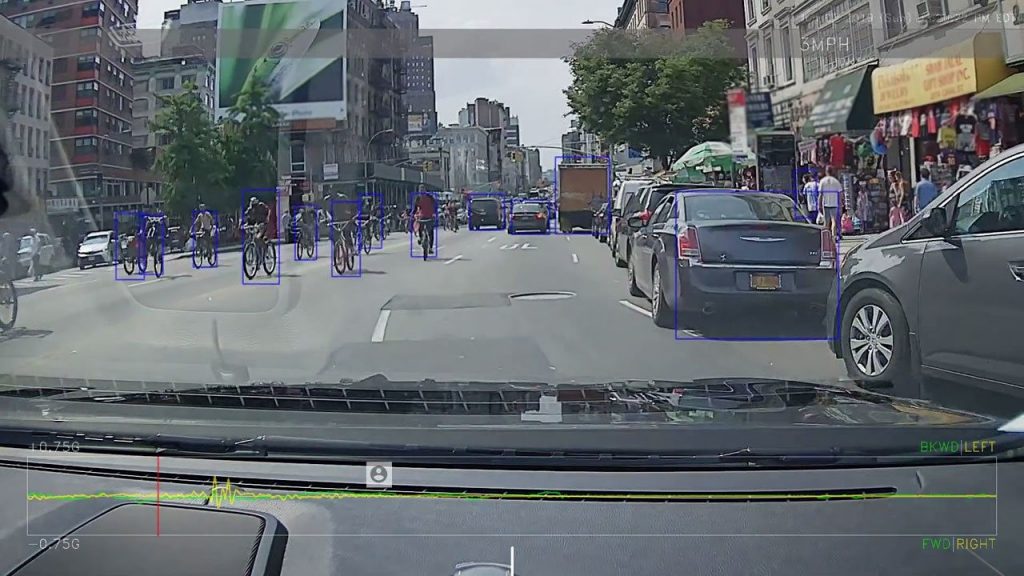Young women learn government fundamentals in nationwide leadership program
(BPT) – This July, two teenage girls from every state in the country meet in Washington, D.C., for the 73rd annual American Legion Auxiliary Girls Nation. This one-week government-in-action leadership development program is designed to educate future l…
Young women learn government fundamentals in nationwide leadership program Read More »


